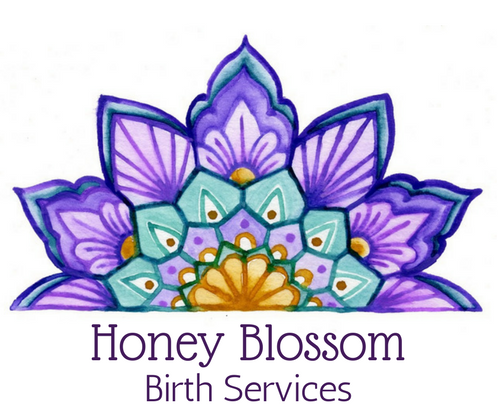Oxytocin's Role in Labor and Birth
Oxytocin is the hormone of both love and labor. Intimate and affectionate acts such as kissing, cuddling, sex, and even breastfeeding cause the hormone to heighten and be released. The hormone is also a key part of labor and birth.
Oxytocin receptors, while found minimally on your uterus during your first and second trimesters, increase greatly during your third trimester. When labor begins naturally, oxytocin hormones release from your brain and pulse through all the oxytocin receptors in your body. It is the pulsation effect that causes the wave like pattern of contractions.
As your labor progresses, your oxytocin levels increase. In fact, giving birth creates the highest concentration of oxytocin your body will ever experience. This oxytocin high facilitates initial bonding with your baby. The oxytocin rush also reduces pain and promotes healing in the mother after birth. The birthing mothers oxytocin levels don't just benefit her though.
Oxytocin also effects your baby. It passes through the placenta and crosses babies fetal blood-brain barrier. This oxytocin increase in baby lowers babies oxygen need by putting them in a rested state, which acts as a protective mechanism for baby during contractions when the umbilical cord can sometimes be compressed.
Having a natural oxytocin filled birth can in turn help you in your postpartum time period. The boost of all those good, loving vibes promotes an initial strong bond with baby, encourages a good breastfeeding relationship (oxytocin will continue to pulse through your body every 90 seconds for days after birth encouraging milk flow), and prevents postpartum depression.
Oxytocin is pretty darn cool!


